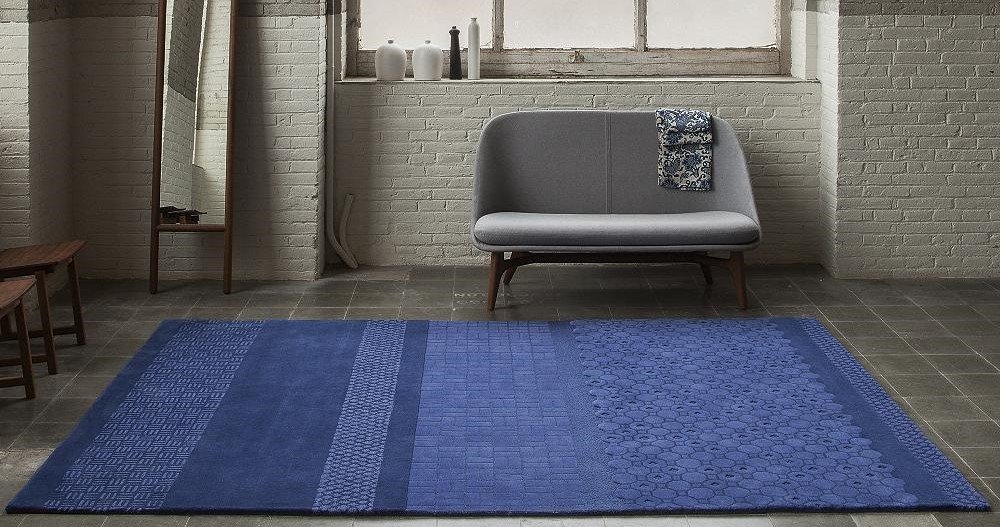
For ages, Turkish and Persian weavers have made flat-woven carpets with stunning geometric patterns called kilim rugs. Marco Polo, the famous Venetian traveller, spoke highly of the beauty of kilims in the 13th century, but it is likely that the first looms were made around 10,000 B.C. or earlier. Traditional rug weaving has gone on for generations, and the rugs’ beauty and endurance have long been valued by collectors.
Rugs made of kilim, which are prized as works of art, are once again becoming fashionable. They’re both old and new at the same time, thanks to their vibrant and enticing geometric patterns. In addition to being eye-catching, they can be incorporated into just about any style. Both the price and the rarity make them a good investment. Finding the perfect kilim rug for your home or collection can be difficult, however, because there are so many options. With the help of our buyer’s guide, you can choose the ideal wool kilim rug for your home.
It’s the kilim rug’s tight warp and weft weave that gives it its flat, no-pile look. When the horizontal weft threads are pulled tight enough, the warp strands are completely obscured. It is the weft strands, which are usually always made of wool, that generate the visible pattern. In contrast, the warp strands may be made of either wool or cotton. If you’re looking for the best kilim, go for one with 100% wool warp and weft threads.
The geometric patterns and motifs of ancient kilims are infused with symbolism. Indigenous women have historically woven kilim carpets as a kind of dowry and a source of income. For example, the weaver’s aspirations were expressed by including symbols of motherhood and fertility, security for family and property, and safety from danger in the design of the rug You can tell a lot about the origin of a rug by looking at the symbols on the kilim. To determine the rug’s value, all of these factors must be considered, and you should not be forced to buy a rug by a knowledgeable rug merchant. Finding a reputable dealer is essential if you want to learn about what goes into making a quality kilim. As a novice customer, you will be depending on the rug dealer’s honesty and expertise to help you make an informed decision about your kilim purchase.
In the course of time, kilims evolved. High-end modern kilim rugs, inspired by the best aspects of the historical sort, are being made alongside antique carpets. Post-modern interior design has influenced the geometric shapes used in these modern kilims, which have the same flat weave and natural fibres as traditional kilims. Remember to engage with a reliable dealer that can provide information on some of the newer, higher-quality kilims so that you can obtain the greatest deal.
Because they don’t have pile, wool kilim rug are less costly as a long-term investment. Because of their rarity, kilims have lately gained in value as an art form. Fine examples may sell for over $10,000, while more affordable examples start at little over $1,000. To make one-of-a-kind carpets, tribal villages used vegetable dyes and wool to weave ancient and antique kilims. When it comes to Turkish kilims, for example, there are hundreds of distinct types, each from a different region. It is not just in Turkey and Iran that kilims may be found. China, Scandinavia, and Hungary are just a few of the places where their designs have been spotted.






